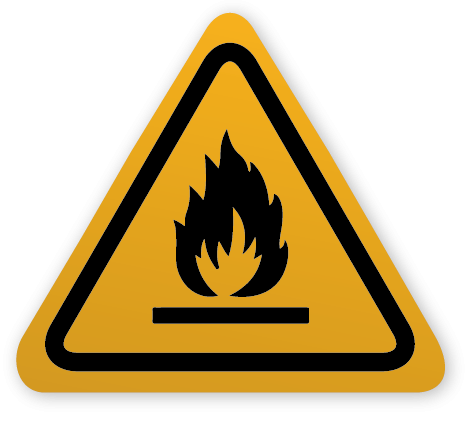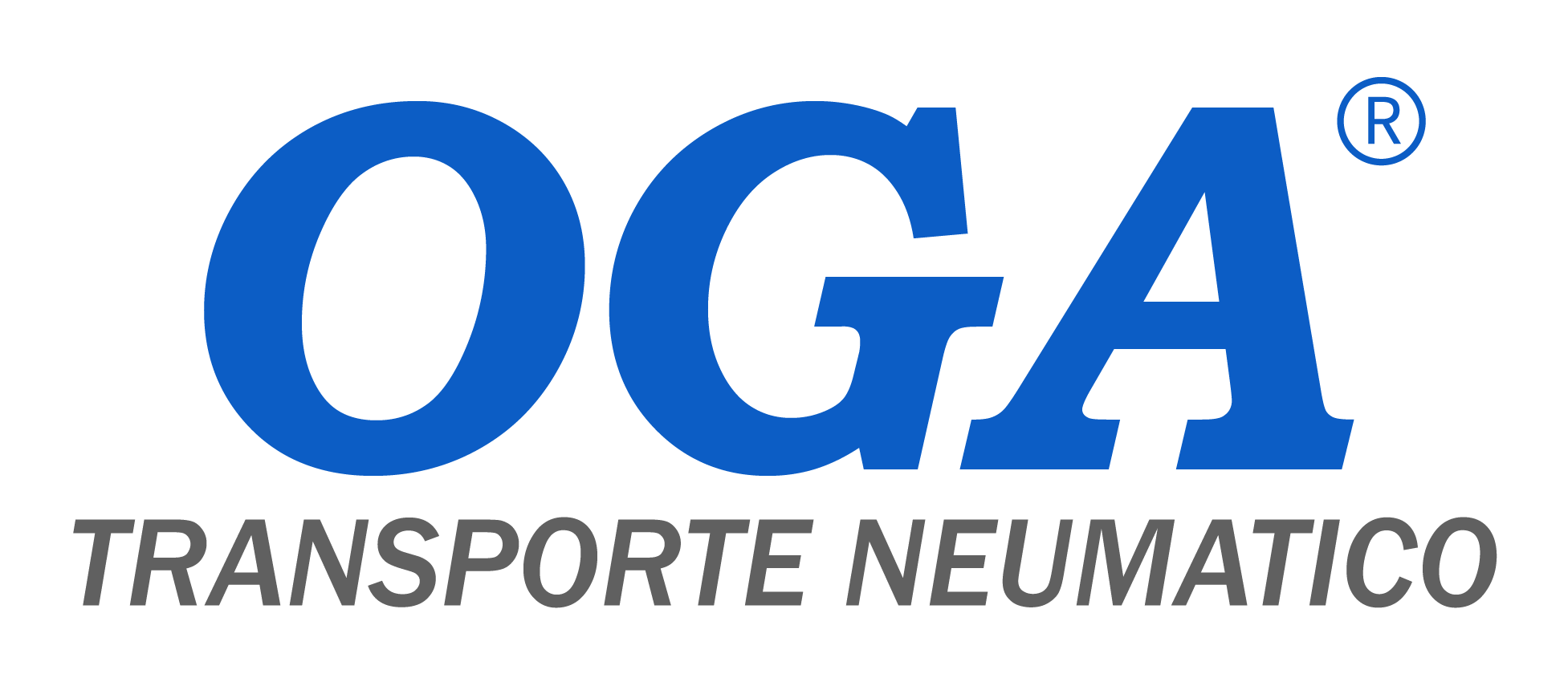ATEX Systems
Explosive Atmosphere
The ATEX directive refers to a mixture with air, under atmospheric conditions, of flammable substances. The term is not applicable when the risk of explosion comes from unstable substances, such as explosives and pyrotechnic substances. ATEX equipment and systems must ensure safety and not be susceptible to initiating an explosion.
This directive, applied in industrial systems, gets its name from the French origin “ATmosphères EXplosives.

Application Industries:
• Waste disposal industry (purification gases, etc.)
• Gas supply companies (leaks) • Wood industry (wood dust)
• Enameling workshops (solvent vapors in lacquering booths)
• Agriculture (biogas)
• Metal processing (metallic dust)
• Food industry (cereal dust, sugar, etc. in filters)
• Energy (grinding and drying of coals)
• Chemical industry
In a general perspective, there is a risk in processes of storing, transforming, and handling flammable gases, liquids, and solids within the production models of various industries.
What is an atmosphere with the risk of explosion?
For an explosion to occur, three elements must coincide:
- Oxygen in the air = Always present
- Fuel (gas, vapors, mists, or dust)
- Ignition source: Electrical appliances / installations or any heat source To produce an explosion, a spark or flame is not necessarily required. An increase in the surface temperature of a device can trigger an explosion if it exceeds the ignition temperature of the gas present in the environment.
It is an atmosphere consisting of a mixture of air, under atmospheric conditions, and flammable substances in the form of gas, vapors, mists, or dust, in which, after ignition, combustion propagates throughout the unburned mixture. (Definition according to Directive 1999/92/EC)
It is an atmosphere susceptible to explode (the danger exists potentially) as a consequence of failures in the installation: leaks, pipeline ruptures, thermal variations.

Hazard Zone Classification
The zones are classified based on escape sources, which are points or locations where the combustible substance can escape and form an explosive mixture with the air.
Zone 20
Frequently present explosive atmosphere.
Location where, during normal operation, combustible dust, in the form of a cloud, is permanently or frequently present in sufficient quantity to be capable of producing an explosive concentration of combustible dust mixed with air, and/or where layers of dust of excessive and uncontrollable thickness can form.
Zone 21
Occasional formation of explosive atmosphere.
Location not classified as zone 20 where, during normal operation, combustible dust in the form of a cloud is susceptible to appear in sufficient quantity to be capable of producing an explosive concentration of combustible dust mixed with air.
Zone 22
Formation of explosive atmosphere in abnormal conditions, only briefly.
Locations where dust clouds may rarely appear and persist only for short periods, or where accumulations or layers of combustible dust may be present under abnormal conditions and may lead to an increase in flammable mixtures of dust in the air.




